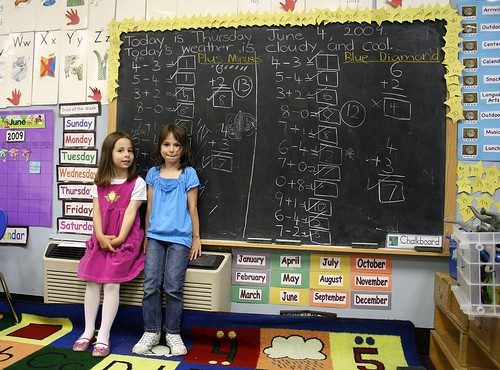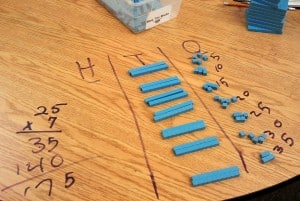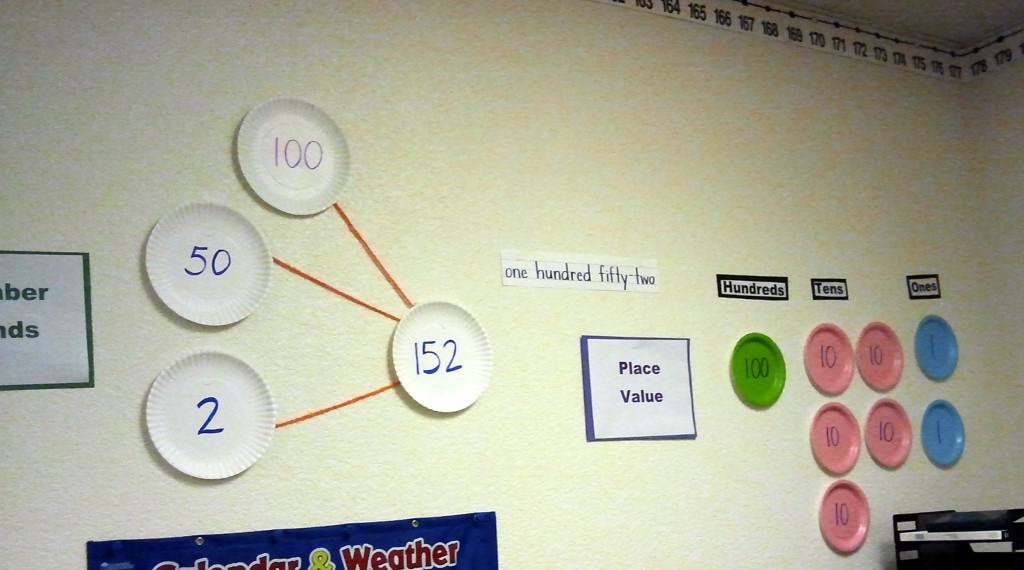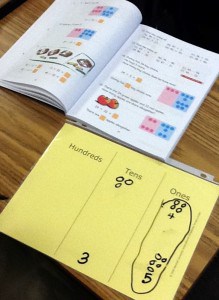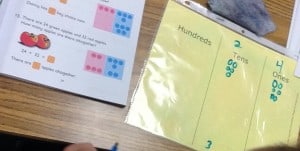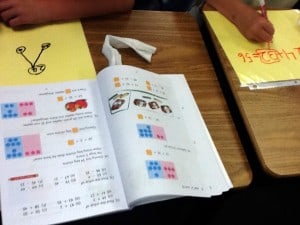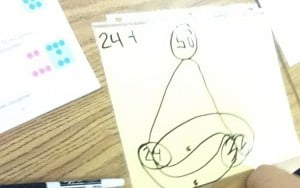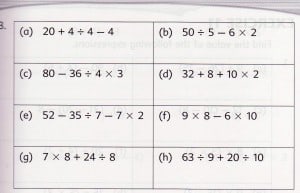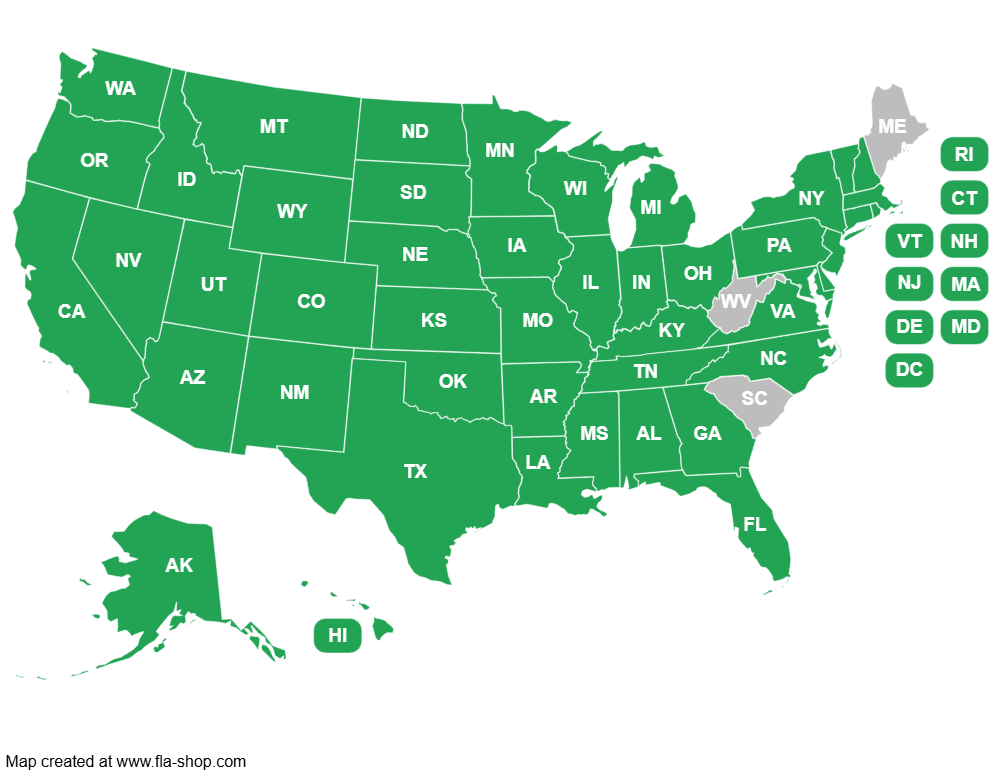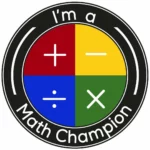Recent articles on schools adopting Singapore Math highlight improved student confidence:
From Singapore to Montecito: Crane’s new math program revolutionizes how children learn
Lower School Math Specialist Pete Glynn likes how…
the Singapore method teaches confidence by having students dive deep into each math topic until they get a strong understanding of it. Introducing visual concepts early on make learning easier for the students than starting off with numbers and symbols on a board.
Winona Area Catholic Schools embraces Singapore math method to boost scores
Since starting this year with Singapore Math, first grade teacher Jani Giaquinto already sees confidence improving with the program:
“I have one little boy who, in the beginning of the year, would just cringe like, ‘Oh, I don’t get this,’ and now I bet you wouldn’t know which one that was,” she said. “He says the answers right along with everybody else.
Image courtesy of woodleywonderworks
